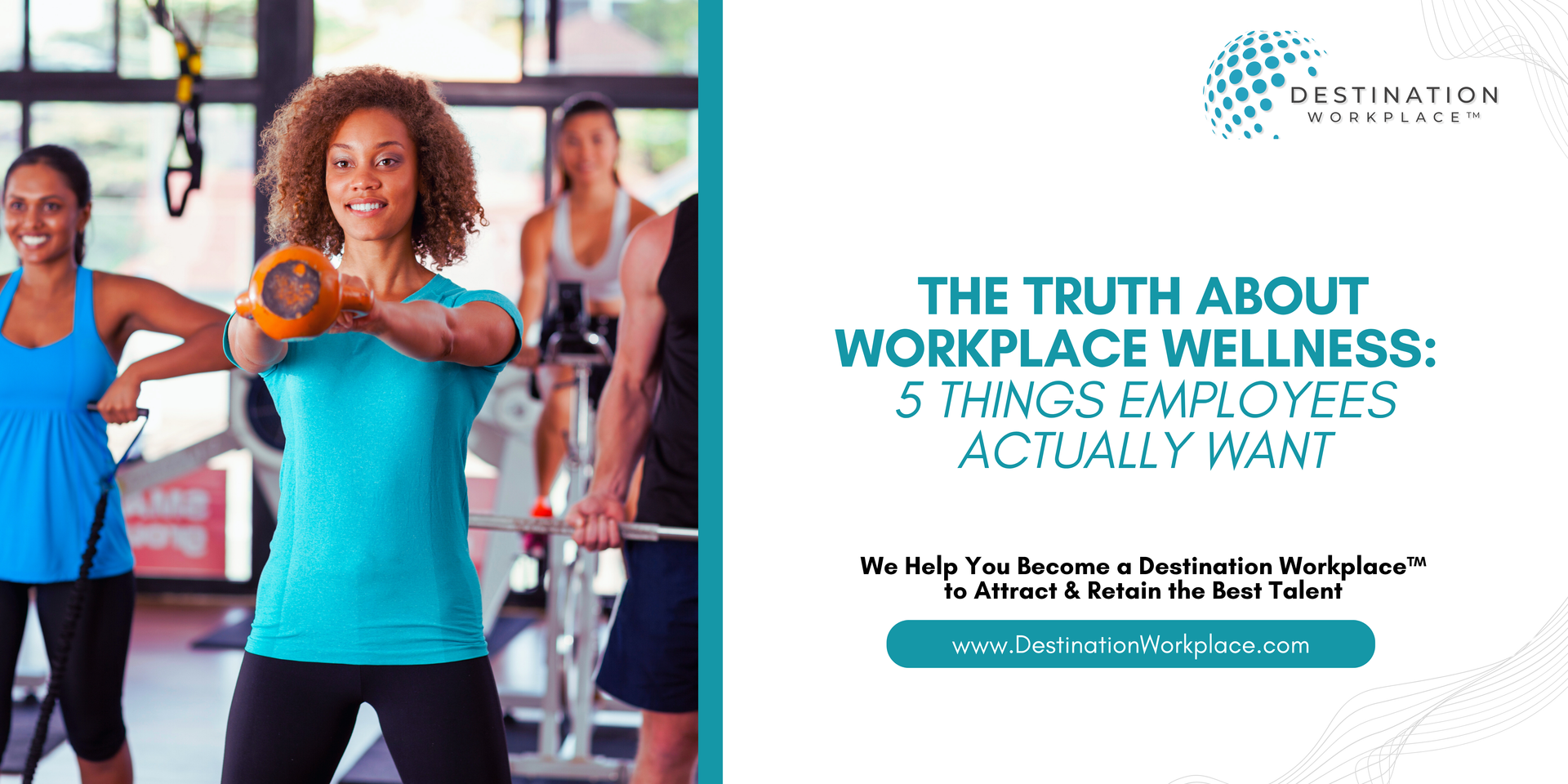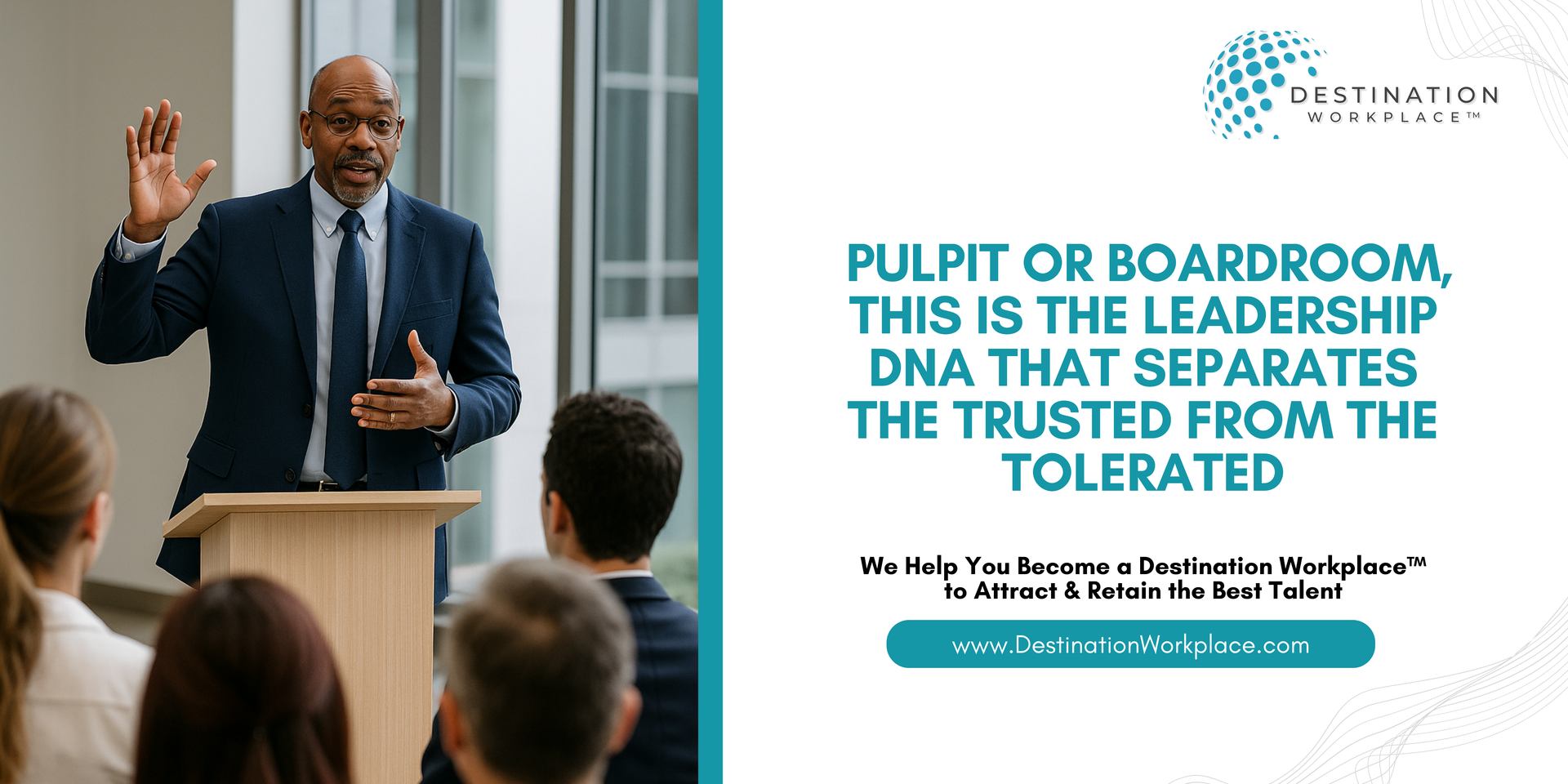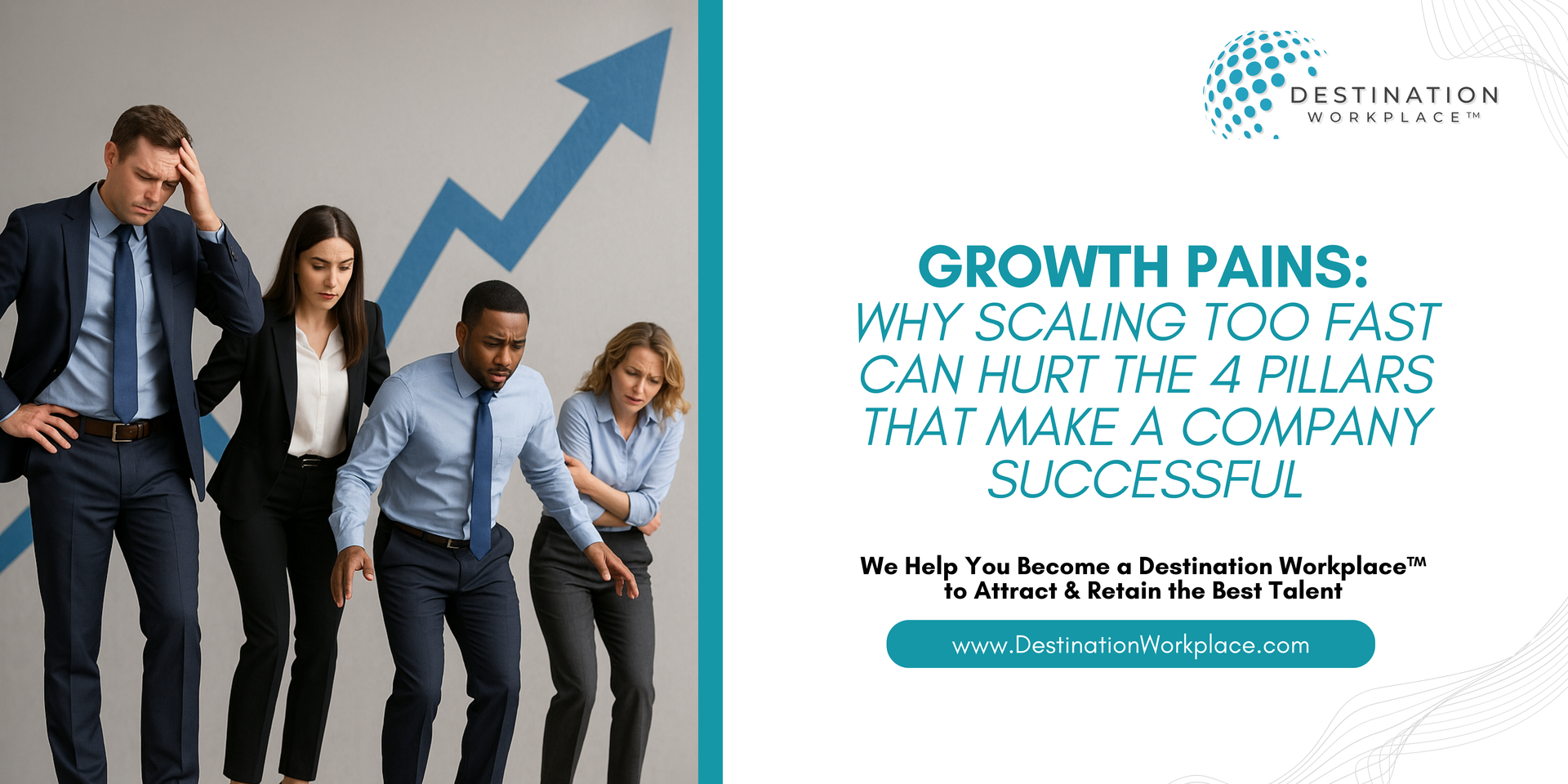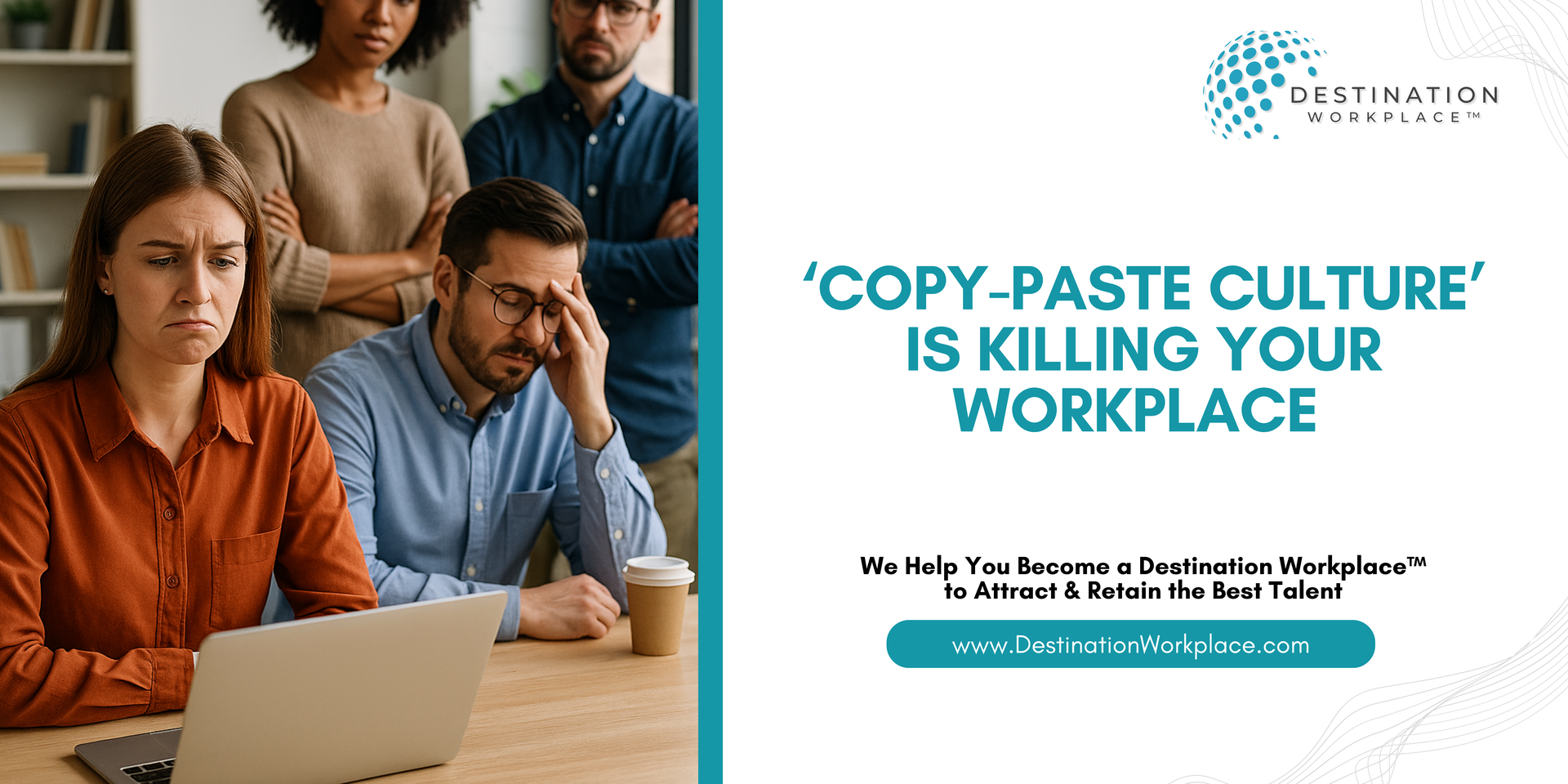The Truth About Workplace Wellness: 5 Things Employees Actually Want

Let’s be real: “Wellness Week” might look great on LinkedIn, but it doesn’t help if your employees are still stuck in endless Zoom calls. You can’t meditate your way out of burnout if you’re expected to work 12-hour days.
The National Workplace Trends Study says it loud and clear: 74% of workers say today’s stress levels are worse than a decade ago. If that stat doesn’t make you rethink your HR playbook, I don’t know what will.
Here’s what employees say they actually want for workplace well-being—no fruit baskets or forced webinars included.
1. Realistic Workloads
Forget the “grind harder” pep talks. Employees want workloads that don’t make them question every life choice.
- Calibrate, don’t overcomplicate: Review workloads regularly and redistribute when necessary. Overloaded employees are silent flight risks.
- Ask, don’t assume: Encourage managers to have honest conversations about project expectations.
- Balance, don’t bulldoze: Reinforce that “crunch time” is not a permanent state; it’s a temporary sprint.
According to the NWTS study, Gen X (57%) and Boomers (56%) rank work-life balance as their top well-being driver. If they’re telling you they’re drowning, listen, and then do something about it.
2. Flexible Hours
Here’s a fun fact: Adults don’t like to be micromanaged. Trust them to manage their time.
- Flex-up your policies: Offer flexible start and end times, because no one’s best work happens at 8:05 am if they’re still stuck in traffic.
- Ditch the rigid mindset: If someone’s a night owl, let them code in peace after dinner.
- Support the ebb and flow: Life happens. Let employees shift schedules for real-life stuff (kids, parents, vet appointments).
The NWTS study found that 43% of employees would stick around longer if they had flexible schedules. Sounds like a pretty low-cost retention strategy to me!
3. Disconnecting After Hours
If your company still has a “reply anytime” culture, you’re basically paying people to burn out.
- Set clear rules: No after-hours emails, no “urgent” weekend calls (unless you’re literally saving lives).
- Normalize digital downtime: Leaders should model logging off. No more, “just one more thing”, at 11 pm.
- Use tools wisely: Tech can help—set auto-responders, delayed sends, and honor boundaries.
According to the NWTS study, 51% of employees want true disconnection after hours. Translation: they want to be present in their lives, not just at work.
4. Physical Wellness
Gen Z and Millennials (27%) want physical wellness perks that are more than “drink water and stretch.” If you’re not investing here, they’re looking elsewhere.
- Subsidize movement: Gym stipends, fitness apps, or even onsite workouts are cheaper than replacing burned-out staff.
- Personalize the approach: Not everyone wants a treadmill. Offer wellness stipends for what actually matters to
each person.
- Mix it up: Host wellness challenges that are fun and team-based. (No forced 5 Ks, though, please!)
Show you care: Offer a staff “wellness training” that focuses on reducing stress, burnout, and workplace negativity.
5. Wellness as a Business Strategy
This is the big one: Wellness is a core business decision that drives performance.
- Weave it in, don’t tack it on: Make well-being part of your annual strategy, not a footnote on the HR page.
- Measure the impact: Track well-being’s ROI in retention and
employee experience surveys.
- Coach your leaders: Wellness isn’t just for employees. Train managers to recognize burnout and support their people.
The National Workplace Trends Study proves that investing in well-being boosts loyalty, productivity, and innovation. So why settle for half-baked wellness perks when the real thing delivers real returns?
At
Destination Workplace™, we help leaders transform workplaces into true Destination Workplaces™—where well-being is the norm, not a nice-to-have. Ready to ditch the wellness charade? Partner with Betsy Allen-Manning, the top leadership and corporate wellness speaker and workplace culture expert in Dallas, and see how real wellness can fuel real results.
Visit
www.DestinationWorkplace.com to get started.
>>> Featured on FOX, CBS, NBC, and ABC,
Betsy Allen-Manning is a
leadership keynote speaker and high-performance expert who works with executives, managers, and teams to ignite commitment, elevate excellence & infuse purpose into their culture. Her
C.O.M.M.I.T. Framework™ and ‘DNA for Success’
keynote series deliver data-backed, high-energy presentations that strengthen leadership, enhance team performance, and build resilient cultures where people thrive and stay. Betsy is also the founder of
Destination Workplace™,
an award-winning leadership training company in Dallas, recognized for advancing leadership excellence and driving a culture of high performance in some of the world’s most respected organizations.











